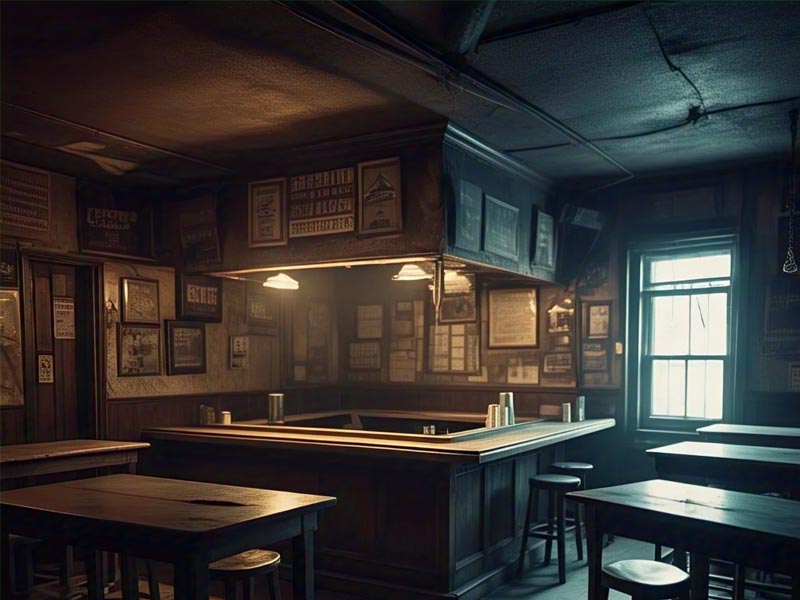

Resilienceapac – The Great Empty, these words took on a chilling reality on January 25, 2020, when millions of Chinese citizens embarked on their annual migration to celebrate the Lunar New Year. As families reunited across the country, an ominous shadow loomed in the background. A mysterious pneumonia, first detected in Wuhan in December 2019, had begun to spread. What started as whispers of concern soon escalated into a full-blown crisis.
French photographer Gilles Sabrié found himself in Beijing during this pivotal moment. Tasked by The New York Times to capture the city’s atmosphere, he was unprepared for the haunting emptiness that greeted him. Wuhan was already under lockdown, yet Beijing, a city of 23 million people, had also begun to retreat into itself. Streets once alive with movement fell silent, restaurants shuttered their doors, and an air of uncertainty gripped the capital.
“A Mirror of His Era or a Rebel Against It?”
The Great Empty extended beyond mere physical emptiness, it reflected a collective anxiety. Official reports suggested low death tolls in Beijing, but skepticism ran high. Citizens questioned the credibility of these numbers as the virus spread. Public health messages urged minimal movement, and while Beijing was not under strict lockdown, its people chose caution. The subway cars, once packed shoulder-to-shoulder, stood eerily vacant. Bustling commercial areas transformed into ghost towns overnight.
Sabrié sought a visual representation of this unprecedented moment. He turned his lens towards Lake Houhai, a famed tourist spot known for its vibrant nightlife. Typically, bars in this district competed for patrons with blaring music and flashing neon lights. But on this night, they stood silent, an eerie void where celebration once thrived. Then, amid the emptiness, he spotted a lone figure.
The Great Empty came to life through Sabrié’s photograph. Framed within the window of a once-lively bar sat a solitary man, illuminated by a dim overhead light. His only companion was a cat, indifferent to the turmoil outside. As he ate from plastic dishes, absorbed in the glow of his phone, the weight of an uncertain world pressed in around him.
Sabrié captured the image quietly, pressing his camera against the glass. The man never noticed. At the time, the photographer thought little of the picture, but its impact was undeniable. Published in The New York Times’ “The Great Empty” special, the photograph became a stark visual of life on pause. Five years later, Sabrié reflects on its significance. The darkness in the frame mirrors the uncertainty of the time, while the man’s focus on his phone highlights another void. The desperate search for understanding amid a flood of information.
The image remains a powerful reminder of an era where silence spoke louder than words, where a single figure in an empty bar encapsulated the fear, confusion, and solitude of a world on the brink of change.
“Major Transformation Awaits Logistics Sector”
Resilienceapac - Pathways to Climate Resilience began with a clear message: climate adaptation in the Asia-Pacific region must start with…
Resilienceapac - From Villages to Ventures, Indonesia is redefining the impact of tourism through a transformative approach centered on community…
Resilienceapac - China EV Surge is taking center stage in the global transition to clean mobility. At the heart of…
Resilienceapac - Empowering Communities through sustainable agriculture is becoming a global priority as environmental challenges and social inequalities continue to…
Resilienceapac - The UN warns of economic headwinds gathering over the Asia-Pacific region in its latest 2025 ESCAP report, which…
Resilienceapac - Breaking the Silence is no longer a choice it’s a necessity. A recent joint report by KPMG and…